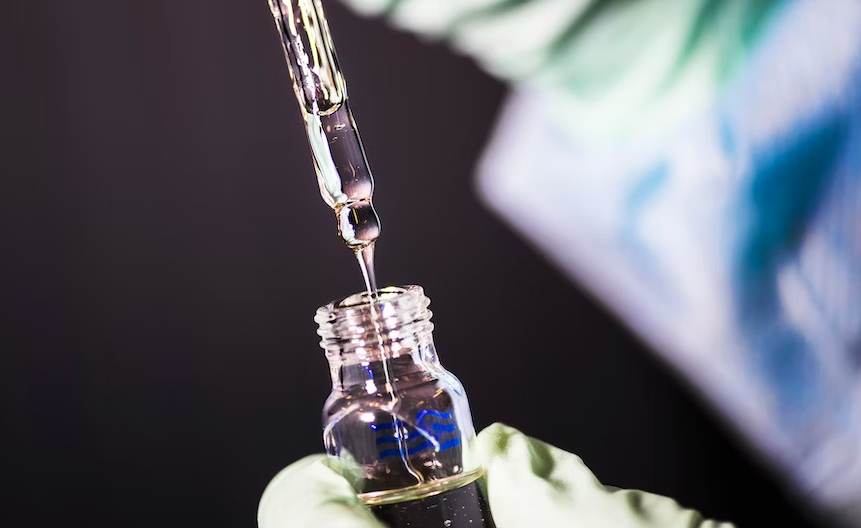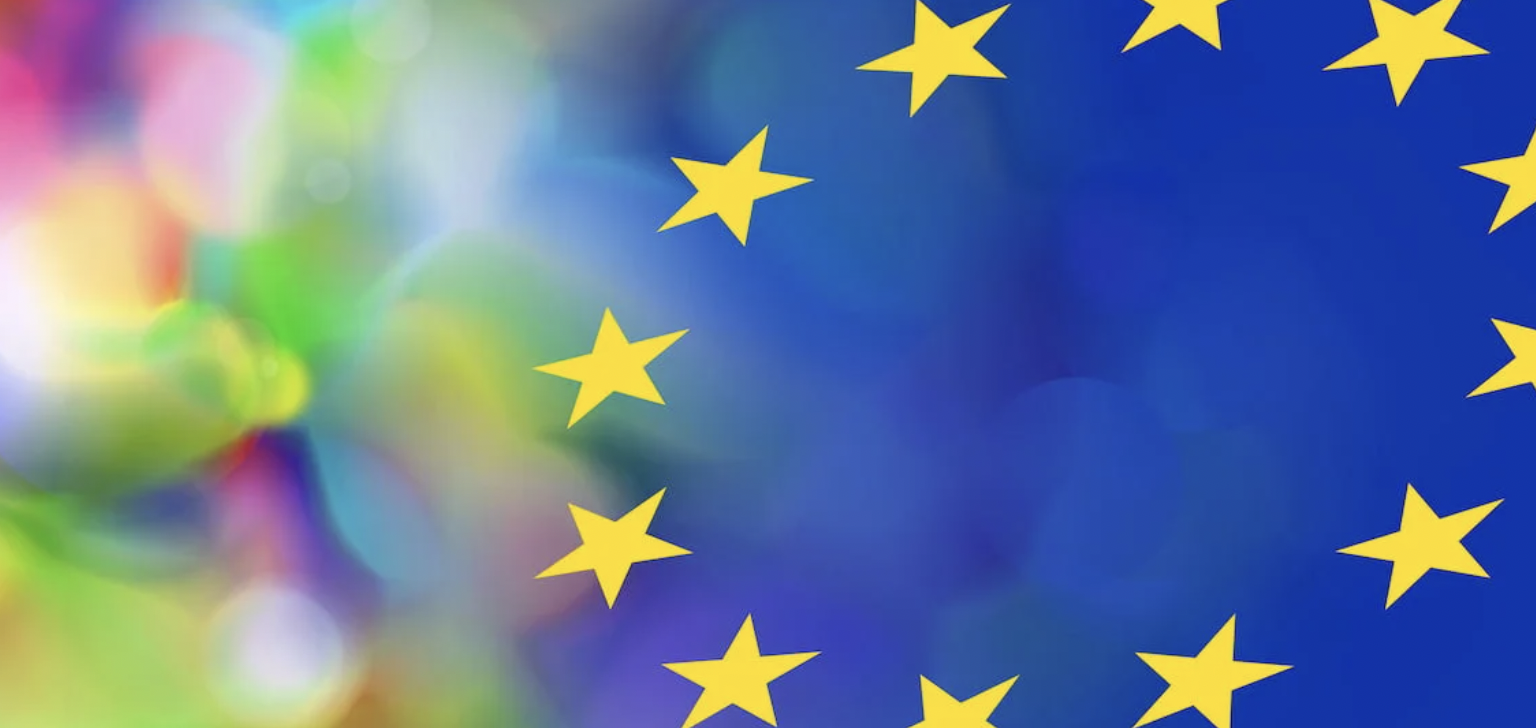
We have witnessed an exponential increase in the number of companies developing proprietary analogues of psychedelic compounds such as psilocybin, DMT and LSD. While many hope these compounds provide improved safety profiles and higher efficacy, their success is not guaranteed.
An alternative route for many of these new chemical entities may be repurposing. If a drug such as psilocybin gets approved for the treatment of depression, it may get used off-label, as is currently being done with ketamine. However, real-world data supporting the efficacy of such treatments will be needed before off-label use is permitted.
Ultimately, well-designed clinical trials with larger numbers of participants are needed in psychedelic healthcare. Regulatory agencies require vast troves of data before deciding if such drugs can reach the market. Nonetheless, the use of psychedelic medicines for specific indications may soon become a reality.
Clinical research with psychedelics is going from strength to strength. Ketamine continues to generate the most amount of research, given its legal availability, while psilocybin and MDMA are close behind. One of the most exciting developments that has taken place over the past year is the significant increase in research taking place with DMT and 5-MeO-DMT. With new research institutions and industry players entering the space psychedelic compounds are being tested in the treatment of an array of mental health conditions – such as substance use and eating disorders
Moreover, many of these new players are carrying out research with second-generation psychedelic medicines, which come with different chemical and safety profiles compared to the classic psychedelic compounds such as psilocybin and LSD.
Psychedelic Research
Over 50 clinical trials involving psychedelic medicines have been announced and while many studies are in their early stages, dozens have progressed to Phase II trials. Accompanying this increase in trials is an increase in the number of study participants. Whereas on average 1,100 patients per year were studied between 2016 and 2018, this more than doubled to 2,450 patients in clinical trials between 2019 and 2021. The average number of participants in each trial is 52, with the mean rising from 30 in Phase I trials up to 96 in Phase III trials.
Clinical Trial locations
Geographically, the United States continues to house most of these clinical trials. While Johns Hopkins University and New York University have been investigating psychedelics for several years, many more research institutions have entered the space following regulatory reform at the state level permitting such research. Switzerland remains in second place regarding the number of clinical trials hosted, most notably at the Liechti Lab at the University of Basel. While Canada is in third place, other countries are now close behind as a result of this renewed interest in psychedelic research.
One country of note is the United Kingdom which now boasts an array of dedicated psychedelic research teams at academic institutions and a host of commercial entities. Many believe that the UK has become a hub for psychedelic research now that it is no longer bound to the regulations of the EU. Earlier this year, Clerkenwell Health became the country’s first contract research organisation (CRO) to announce the construction of a purpose-built facility carrying out clinical trials with psychedelic medicines.
In Australia, psychedelic research is also booming. Institutions such as Monash University and Macquarie University are home to researchers carrying out some of the world’s first studies for certain indications. Interestingly, research on the potential of ketamine to treat mental health disorders continues to emerge from China.
As detailed in the third edition of The Psychedelics as Medicine Report, most of the research is taking place in Western Educated Industrialised Rich Democratic countries, and patient populations remain homologous. While much of the industry has recognised this shortcoming of psychedelic research, few have made efforts to rectify the situation. If psychedelic medicines are going to be widely accessible, studies should include a genetically diverse population representative of society to better generalise research outcomes.
Clinical Trials with Psychedelic Medicines
The commercial interest in psychedelic research continues to grow. There are more than 30 companies either running a clinical trial, have run a trial or plan to pursue a trial with a psychedelic medicine. One of the most exciting developments this year was the announcement of a partnership between Mindstate and Otsuka Pharmaceuticals. This partnership marks the first agreement between a category-leading pharmaceutical company and a psychedelic-focused biotech company. We anticipate more partnerships like this in the years to come, as clinical trials continue to yield positive results.
While developments like this are positive, it is likely that many clinical trials may not materialise as completed studies. Next to regulatory challenges, which are dissipating in certain jurisdictions, the drug development process is costly. Recently the psychedelic healthcare conglomerate atai Life Sciences ‘streamlined’ operations by stopping the development of three programmes. At MindMed, the development of 18-MC, an ibogaine derivative, was also put on hold.
Despite the largely positive developments in the field, Spravato for treatment -resistant depression and suicidal ideation, alongside MDMA-assisted therapy for PTSD remain the only examples of psychedelic medicines progressing to Phase III. Given that Spravato was a know chemical entity, its development cycle was relatively short. As a result, the development cost for Johnson & Johnson was way below the company’s average of US$5.8 billion spent per developed drug. Presumably, it is also below the average of US$800 million – the estimated cost to bring a single drug to market.
MAPS is taking a far leaner approach to developing MDMA-assisted therapy for PTSD, given its significantly lower cash flow compared to a pharmaceutical giant such as Johnson & Johnson. While their process is estimated to be longer, its costs remain under US$100 million. MAPS expects to spend an additional US$100 million in further research plus around US$70 million in commercialisation expenses before launch. Given MAPS‘ success with its Phase III trials, 2023 remains a reasonable estimate for the rollout of MDMA-assisted therapy for PTSD.
Clinical Trial locations
Geographically, the United States continues to house most of these clinical trials. While Johns Hopkins University and New York University have been investigating psychedelics for several years, many more research institutions have entered the space following regulatory reform at the state level permitting such research. Switzerland remains in second place regarding the number of clinical trials hosted, most notably at the Liechti Lab at the University of Basel. While Canada is in third place, other countries are now close behind as a result of this renewed interest in psychedelic research.
One country of note is the United Kingdom which now boasts an array of dedicated psychedelic research teams at academic institutions and a host of commercial entities. Many believe that the UK has become a hub for psychedelic research now that it is no longer bound to the regulations of the EU. Earlier this year, Clerkenwell Health became the country’s first contract research organisation (CRO) to announce the construction of a purpose-built facility carrying out clinical trials with psychedelic medicines.
In Australia, psychedelic research is also booming. Institutions such as Monash University and Macquarie University are home to researchers carrying out some of the world’s first studies for certain indications. Interestingly, research on the potential of ketamine to treat mental health disorders continues to emerge from China.
As detailed in the last edition of this report, most of the research is taking palace in Western Educated Industrialised Rich Democratic countries, and patient populations remain homologous. While much of the industry has recognised this shortcoming of psychedelic research, few have made efforts to rectify the situation. If psychedelic medicines are going to be widely accessible, studies should include a genetically diverse population representative of society to better generalise research outcomes.
Government funded studies
Psychedelic research is increasingly re-entering the mainstream thanks to the work of various institutions across the globe. Accompanying this research is a vast amount of data demonstrating that these medicines are both safe and effective. Once limited to private funding, government agencies worldwide are increasingly involved in psychedelic research.
The Veteran Affairs services in the United States remain one of the largest government agencies in the country funding psychedelic research. Over the past year, clinical trials with psilocybin and MDMA have commenced in several Veteran Affairs Clinics across the US – a testament to the efficacy of these treatments amongst a population disproportionately affected by mental health disorders.
The National Institute of Health awarded a US$4 million grant to Dr Matthew Johnson and his team of researchers at Johns Hopkins, making it the first federal grant for psychedelic research in over 50 years. Johnson and his colleagues at the University of Alabama at Birmingham and New York University will use the grant to explore the effects of psilocybin on smoking cessation.
Across the Atlantic in Europe, MIND Foundation is studying the effects of psilocybin in treating treatment-resistant depression. Led by Dr Gerhard Grunder, this study is taking place largely thanks to sponsorship from the German Federal Ministry of Education and Research. It is being conducted at the Central Institute of Mental Health in Mannheim and Charité Universitätsmedizin Berlin.
Government agencies in the UK have also started to recognise the potential of psychedelic medicine. No longer bound by the regulations of the European Union, several psychedelic-focused biotech companies have been awarded “Innovation Passports” by the MHRA. Similar to the “breakthrough therapy designation” awarded by the FDA, the innovation passport supports and expedites the drug development process. Small Pharma has been granted such a designation for its lead DMT candidate, SPL026, for treating major depressive disorder. MAPS has received a similar designation for its MDMA-assisted therapy in the treatment to treat PTSD.
At the beginning of 2022, the Australian Governments Medical Research Future Fund committed A$15 million to universities across the country investigating the therapeutic potential of psychedelic medicines. The largest of the grants, totalling more than A$3.8 million, will go to a research team at the University of Melbourne, for a trial of MDMA-assisted psychotherapy for treatment-resistant social anxiety in young adults with autism spectrum disorder. Other funded trials investigate the efficacy of psilocybin in the treatment of anorexia nervosa, depression and alcohol use disorder.
With new developments in psychedelic research emerging and an urgent need for innovation in treating psychiatric disorders , public perception surrounding psychedelic therapy is beginning to change. As such, we will likely see more governments sponsoring psychedelic research. More information on clinical trials, drug development and the commercialisation of psychedelic medicine can be found in The Psychedelics as Medicine Report: Fourth Edition.


